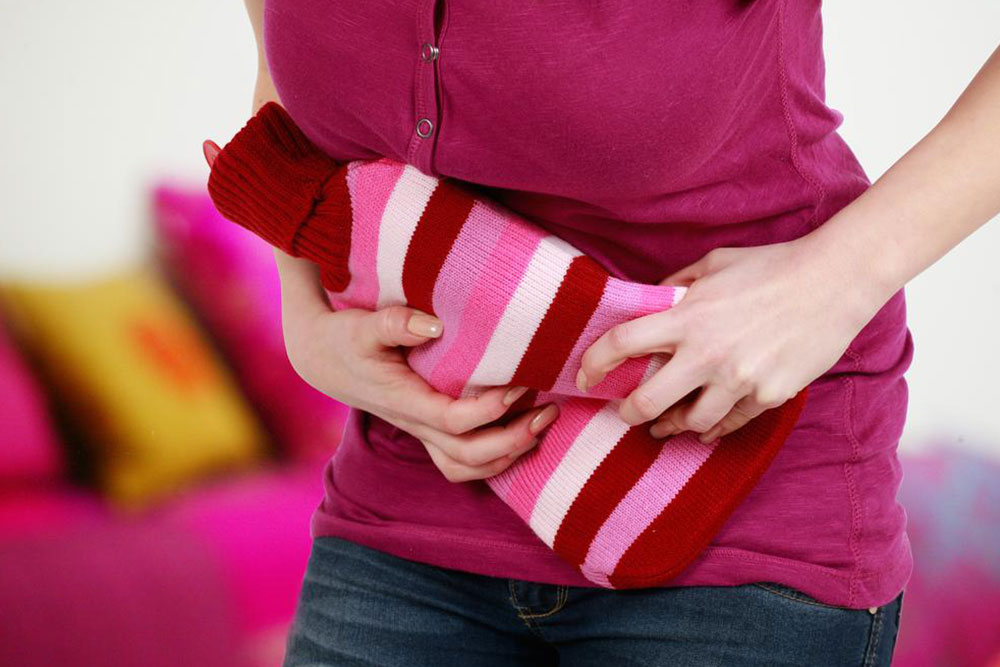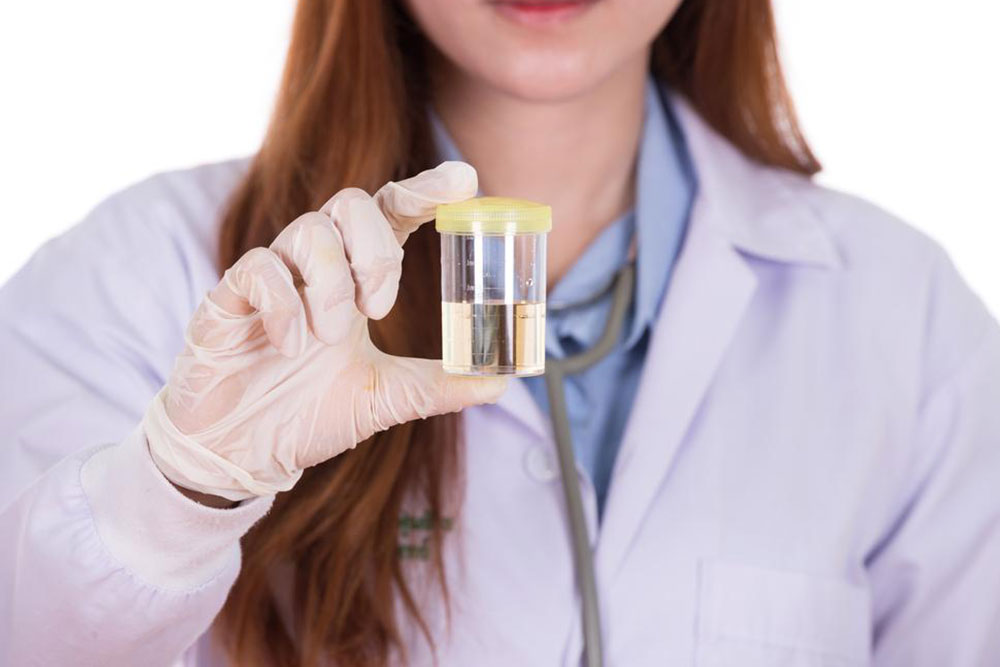Understanding the Main Causes of E. coli Urinary Tract Infections
This comprehensive article explores the primary causes of E. coli urinary tract infections, emphasizing hygiene practices, water safety, and environmental exposure. It offers essential insights into prevention strategies, highlighting the significance of good personal hygiene, safe water consumption, and awareness of vulnerable populations to reduce infection risks effectively.

Common Causes of E. coli in the Urinary System
E. coli bacteria are a widespread type of bacteria that typically reside in the human intestines without causing harm. However, certain strains, notably E. coli O157:H7, have been identified as pathogens capable of causing serious infections. While these bacteria are usually harmless within the gut, their presence in other parts of the body, particularly the urinary tract, can lead to infections that require medical attention. Recognizing how E. coli enters and infects the urinary system is crucial for understanding prevention strategies and reducing the risk of urinary tract infections (UTIs).
Initial symptoms of a UTI caused by E. coli often include burning sensation during urination, frequent urination, lower abdominal pain, and sometimes fever. If left untreated, the infection can ascend to the kidneys, causing more severe complications such as pyelonephritis. In extreme cases, untreated UTIs can lead to systemic infections, dehydration, or even kidney failure. Therefore, understanding the pathways through which E. coli infects the urinary tract is essential for effective prevention and control.
So, how does E. coli manage to invade the urinary system? The bacteria typically enter the urinary tract through the urethra, often originating from the gastrointestinal tract, which is a common reservoir for these bacteria. The pathways of infection include poor personal hygiene, contaminated water sources, and close contact with infected individuals. Each of these routes plays a significant role in the transmission of bacteria that cause UTIs.
Poor Personal Hygiene - One of the leading causes of E. coli traveling from the rectal area to the urethra is inadequate personal hygiene, especially improper wiping after bowel movements or infrequent bathing. Failure to wash hands thoroughly after using the restroom can transfer bacteria to the genitals or to objects that come into contact with the urinary opening, increasing infection risk.
Contaminated Water Sources - Drinking water contaminated with fecal matter containing E. coli is a common route of infection. This is particularly prevalent in areas with poor sanitation infrastructure. Recreational activities like swimming in contaminated lakes, rivers, or pools can also introduce bacteria into the urinary system, leading to infections.
Human Contact and Environmental Factors - Close contact with infected individuals, especially in crowded environments like schools, daycare centers, or healthcare facilities, facilitates bacterial spread. Improper handwashing practices and sharing personal items contribute to transmission. Additionally, individuals who work closely with animals such as cattle, sheep, and goats are at higher risk of environmental exposure to E. coli strains associated with zoonotic infections.
Risk Factors Associated with Increased Susceptibility - Certain populations are more vulnerable to E. coli infections, including young children, the elderly, pregnant women, and immunocompromised individuals. Warm months and summer seasons also tend to see an increase in outdoor activities, which can elevate exposure risk to contaminated water or environments harboring E. coli.
In summary, preventing E. coli infections in the urinary tract hinges on maintaining good hygiene practices, ensuring safe drinking water, and avoiding contact with contaminated sources. Proper hygiene, cooking food thoroughly, and drinking clean water are all vital steps to reduce infection risk and promote urinary tract health.





